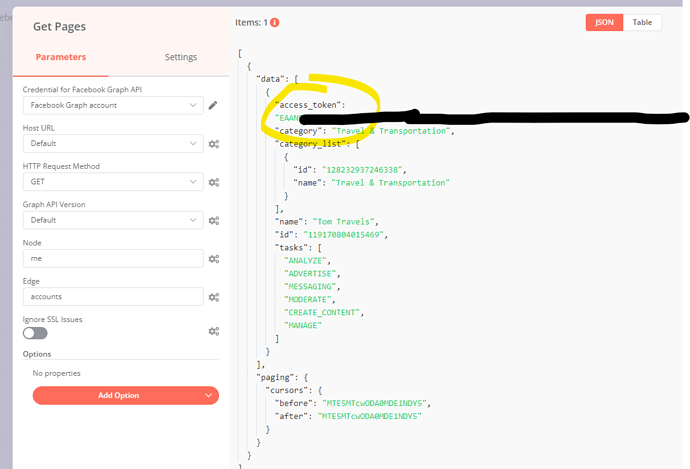https://www.tutorialspoint.com/docker/docker_images.htm
an instance of an image, which is then called a container
https://www.tutorialspoint.com/docker/docker_images.htm
an instance of an image, which is then called a container
linux - Exploring Docker container's file system - Stack Overflow
docker ps
Docker version 1.3 or newer supports the command exec that behave similar to nsenter. This command can run new process in already running container (container must have PID 1 process running already). You can run /bin/bash to explore container state:
docker exec -t -i mycontainer_id /bin/bash
Sample application | Docker Documentation
docker build -t getting-started .This command used the Dockerfile to build a new container image. You might have noticed that a lot of “layers” were downloaded. This is because we instructed the builder that we wanted to start from the node:12-alpine image. But, since we didn’t have that on our machine, that image needed to be downloaded.
After the image was downloaded, we copied in our application and used yarn to install our application’s dependencies. The CMD directive specifies the default command to run when starting a container from this image.
Finally, the -t flag tags our image. Think of this simply as a human-readable name for the final image. Since we named the image getting-started, we can refer to that image when we run a container.
The . at the end of the docker build command tells that Docker should look for the Dockerfile in the current directory.
--file , -f | Name of the Dockerfile (Default is 'PATH/Dockerfile') |
Notice there is a dot . at the end of both commands.
docker build -f MyDockerfile .
Or with a tag:
docker build -t mysuperimage -f MyDockerfile .Mã truy cập dài hạn https://developers.facebook.com/docs/facebook-login/guides/access-tokens/get-long-lived/ https://community.n8n.io/t/re...
